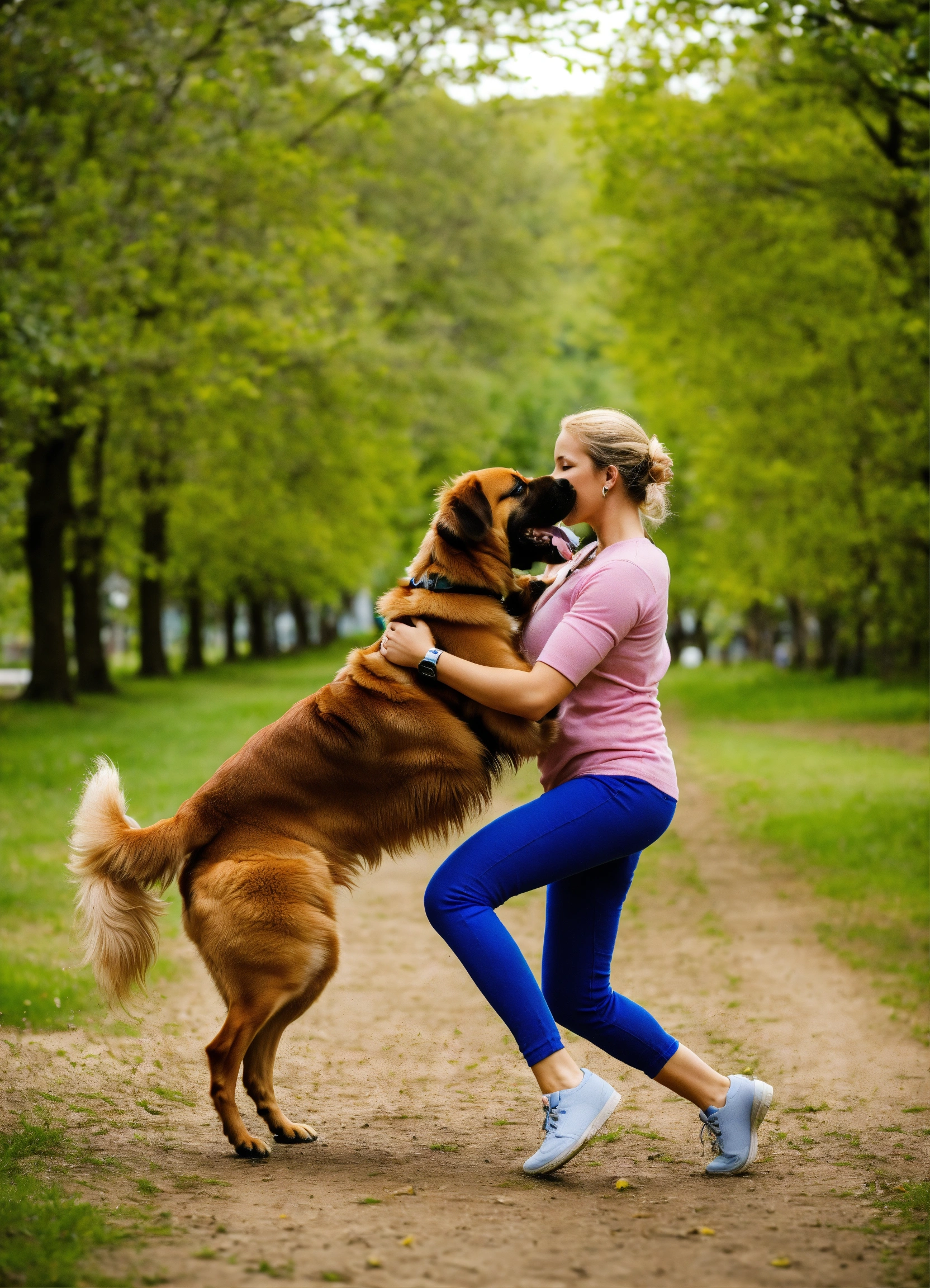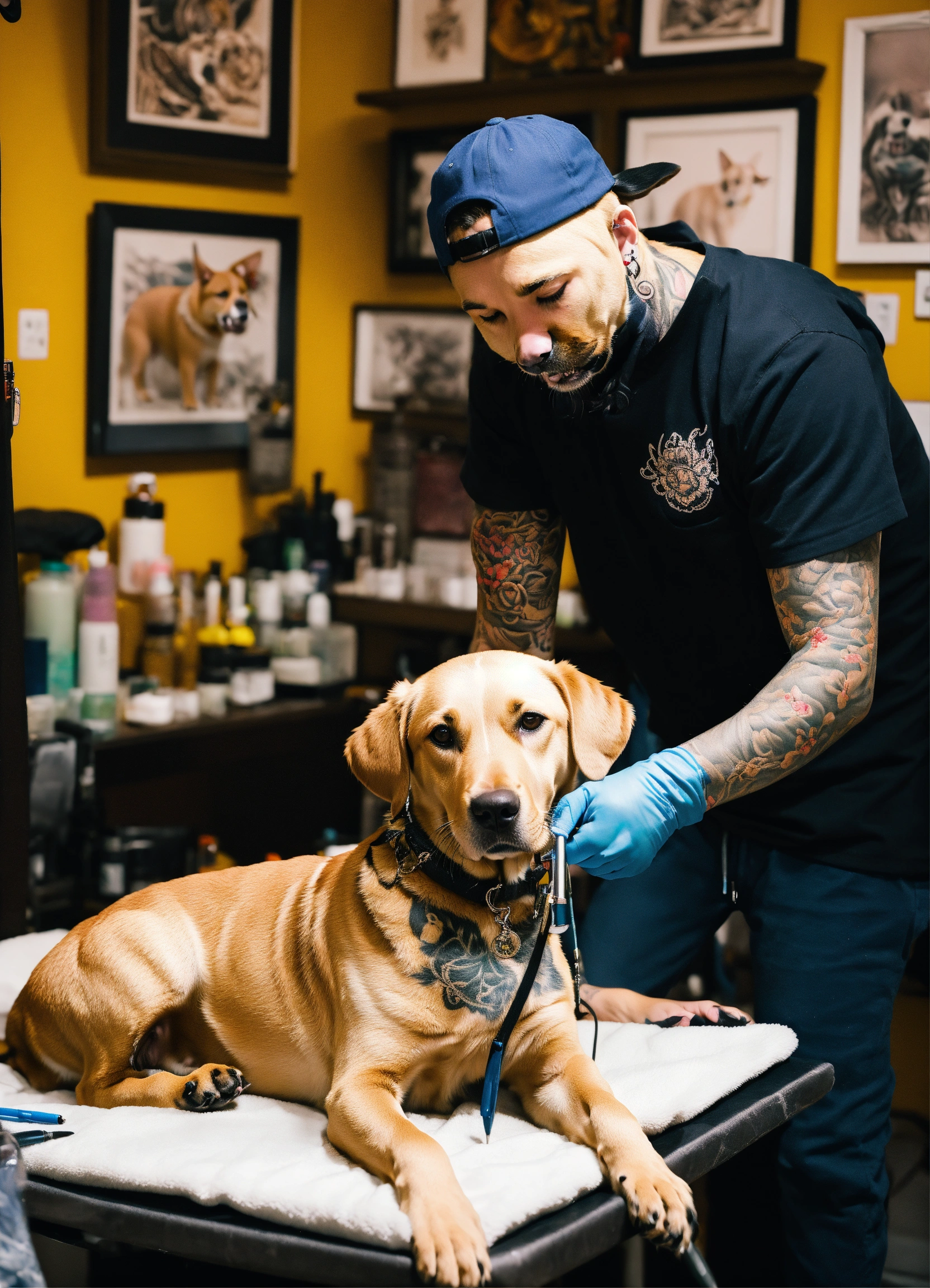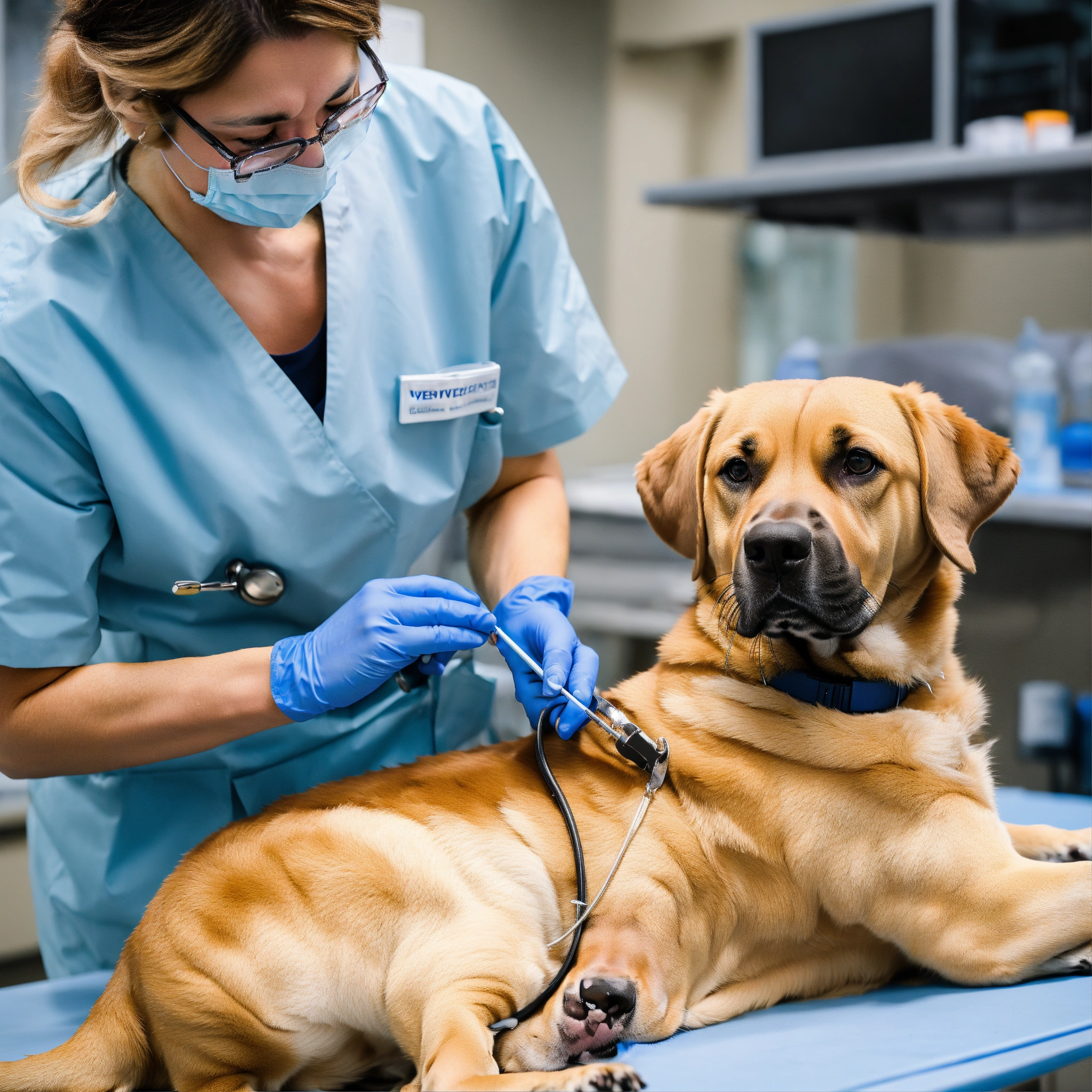Have you ever heard of false pregnancy in dogs? If you are the owner of a female dog, it is essential to know about this condition to ensure the well-being of your pet.
So, don’t be left with any doubts! If you don’t know what this type of problem is and how to avoid it, it’s time to find out. After all, it can be harmful to your good friend, especially emotionally.
In this post, we’ll explore what a false pregnancy is, how to identify it, and what to do to avoid complications. Let’s get started!
What is a false pregnancy in dogs?
Let’s get straight to the point! Phony pregnancy, also known as pseudopregnancy, is a condition in which a dog that is not pregnant shows symptoms of pregnancy.
This can happen to pets that are not spayed and that have gone through the heat process . Basically, the dog’s body reacts as if she were pregnant, even without the presence of puppies. In other words: everything happens psychologically, but ends up affecting the little girl’s body.
This is a very common condition and, although it is not usually dangerous, it can cause discomfort and stress for the animal. Therefore, recognizing the signs and understanding what is happening is crucial to dealing with the situation in the best possible way.
When does it occur?
Phony pregnancy can occur in any unneutered female dog that has been in heat. It usually occurs between 6 and 12 weeks after this period of the reproductive cycle .
It’s important to be vigilant, especially if your dog exhibits unusual behavioral or physical changes. This can help you identify the condition early and treat it appropriately.
How to identify?
You may be wondering: after all, how can I identify a phantom pregnancy?
This can be a bit challenging, as the symptoms can overlap with those of a real pregnancy or other health issues. Below, we’ve listed the most common signs that may indicate the presence of pseudocyesis!
Breast pain
One of the first things you may notice is that your dog may start to show discomfort when her breasts are touched.
As a result, she may lick the area excessively or become more sensitive and avoid you touching her in the area. This symptom may be a sign that the mammary glands are swollen and painful due to milk production.
Larger mammary glands
Still talking about milk production (which, yes, happens in these cases), the bitch’s mammary glands can increase in size, becoming more visible and palpable.
This is because her body is preparing to nurture puppies, even if there is no actual pregnancy.
Larger abdominal volume
The dog may also experience an increase in abdominal volume. This symptom is caused by fluid retention and hormonal changes associated with a false pregnancy. Therefore, the abdomen may appear more rounded, even without the presence of puppies.
Lack of appetite
Although it is less common, some female dogs may lose their appetite during a false pregnancy. This change in diet may occur due to hormonal changes and general discomfort. So, be careful: if your pet is eating less than usual, it may be a sign that you need to pay attention.
More aggressiveness
Another detail is that behavioral changes are common in a false pregnancy. Your dog may become more irritable and aggressive, especially if you touch her in areas that are causing her discomfort.
Additionally, she may exhibit defensive or more possessive behaviors, which is a natural response to her discomfort.
Other behavior changes
In addition to physical symptoms, phantom pregnancy can cause significant changes in the dog’s behavior.
Therefore, she may try to “adopt” objects, such as toys or blankets, as if they were puppies. This behavior is an attempt to imitate motherhood and is one of the most visible signs of a false pregnancy.
What to do to avoid complications?
If you identify that your dog is experiencing a false pregnancy, it is important to take some steps to avoid complications and ensure that she recovers well.
Want to know which ones? Keep reading and get your questions answered!
Schedule an appointment with your veterinarian
The first thing to do is take your dog to the vet. A professional can confirm whether it is a false pregnancy or if there is another health problem at play that can cause similar symptoms.
In addition, the veterinarian can also offer guidance on appropriate treatment and monitoring. In other words: this consultation is extremely important at this time!
Keep your puppy safe and comfortable
Make sure your dog has a comfortable and safe space to stay. Also, avoid sudden changes in the environment that could stress her out even more. At these times, a calm environment can help alleviate the stress associated with a phantom pregnancy.
Avoid handling the pet’s breast area
If your dog is experiencing breast tenderness, avoid touching or pressing on the area. This can help minimize discomfort and prevent additional pain.
Furthermore, the more handling… the more milk produced! Therefore, it may be necessary to dress the mother in a surgical gown, use protective collars or use medications that help dry up the milk. Talk to your vet to find out more.
Walk, play and give lots of affection
Keeping your dog active can help reduce stress and improve her overall well-being. Regular walks and light exercise are recommended to help balance her emotions and energy.
But don’t forget: don’t force your pet!
Consider castration
If false pregnancy is a recurring problem, spaying may be an effective solution. This procedure can help prevent future episodes and improve your dog’s quality of life. Talk to your veterinarian about the best option for your pet!
Knowing the signs and understanding false pregnancy in dogs is crucial to ensuring that your best friend receives the proper care during this time. If you suspect that your pet may be experiencing a false pregnancy, do not hesitate to seek professional help to ensure that she is well and happy.










